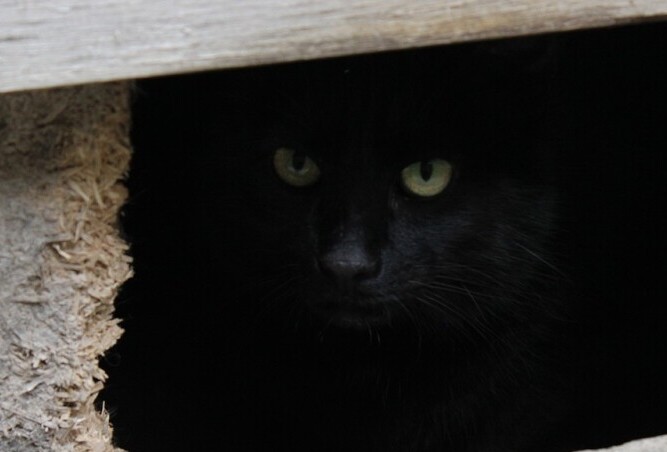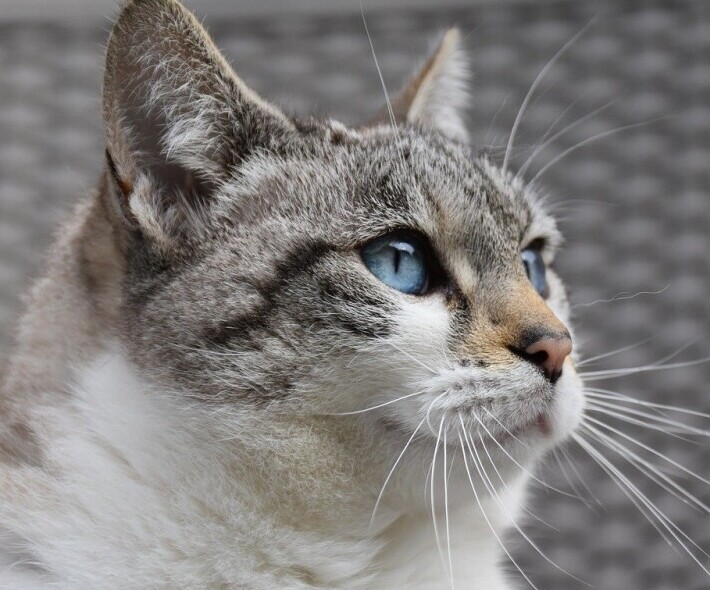Cats are individual creatures, with their own needs, behaviors and quirks, Understanding them is vital, not just supplying them with food and a place to sleep. You need to get to know and understand them at a deeper level in order to really enjoy them in your life.
Every cat needs appropriate nutrition, regular veterinary care, and a safe environment. But beyond that, they also need mental stimulation and social interaction. Some cats might love a good puzzle toy or an interactive play session, while others might prefer watching birds through the window or a quiet spot to retreat to when they need some alone time.
Physical needs like litter boxes and scratching posts are important too, but you also need to take care of their emotional wellbeing. Stress and boredom can lead to problems like destructive behavior or aggression. Pay attention to your cat’s body language and vocalizations to understand how they’re feeling. For example, a cat that’s hiding a lot might be feeling anxious or scared.
Routine is your best friend when it comes to making a cat feel secure. Regular feeding times, consistent play sessions, and a stable environment can help reduce stress for your feline companion. Also, don’t forget the importance of grooming – not just for their health, but as a bonding activity that helps them feel loved and cared for.
Remember, each cat is unique. What works for one might not work for another. Spend time learning your cat’s personality and preferences. This will enable you to provide a tailored approach to their care that meets both their physical and emotional needs, ensuring a happier and healthier life together.
Recognizing and Addressing Negative Emotions and Behavioral Challenges
Cats, like humans, can experience a wide range of emotions, including stress, fear, and aggression. Being attentive to these emotional states is key to fostering a happy and healthy feline companion. Recognizing and addressing these emotions early can prevent more serious behavioral issues.
Stress in cats can be triggered by various factors such as a new environment, changes in routine, or loud noises. Signs of stress can include excessive grooming, hiding, or a loss of appetite. Creating a calm, consistent environment is essential in reducing stress for your cat.
Fear and aggression are often linked. If your cat hisses, growls, or swats, it may be feeling threatened or scared. Rather than punishing these behaviors, it’s important to identify the underlying cause. Often, it’s as simple as a new pet in the house, unfamiliar visitors, or changes in their living space. Gradually introducing new elements into your cat’s environment can help mitigate these issues.
Aggression can also stem from boredom or lack of stimulation. Providing plenty of toys and engaging in regular play can help redirect this energy. Interactive toys, puzzle feeders, and even a bit of trained play can go a long way toward improving your cat’s mood and behavior.
For cats that experience emotional difficulties in specific environments, like the workplace, consider creating safe spaces for them to retreat to when they feel overwhelmed. Adding familiar objects like their favorite blanket or toy can make these spaces feel more comforting.
Real-life case studies highlight practical solutions to common issues. For instance, a cat named Whiskers had severe anxiety when his owner moved to a new apartment. By slowly introducing Whiskers to each room and maintaining a consistent feeding and play schedule, his owner was able to ease his anxiety over time.
Another case involved Luna, a cat who displayed aggressive behavior towards other pets. Luna’s aggression was managed by gradually introducing the pets to one another, using pheromone diffusers to create a calming environment, and rewarding positive interactions with treats. Luna’s aggression decreased significantly over a few weeks.
Creating a supportive and understanding environment for your cat can make a huge difference in their behavior and overall wellbeing. Patience and consistency are key. Remember, small adjustments can lead to big improvements in your cat’s emotional health.
Tackling Problematic Behaviors: Training Guides and Real-Life Solutions
Every cat owner has faced that moment when their feline companion starts acting out in unexpected ways. Whether it’s scratching the furniture, refusing to use the litter box, or even showing aggression, these behaviors can be frustrating. But don’t worry, with the right approach, many problematic behaviors can be managed or even resolved.
Common issues like inappropriate scratching or eliminating outside the litter box often stem from unmet needs. For scratching problems, ensure your cat has an appealing scratching post. The post needs to be sturdy and tall enough for a full stretch. If the behavior persists, try placing it near the furniture they’re scratching to redirect them. Reinforce positive behavior with treats and praise when they use the post.
Litter box problems can often be solved by addressing the basics: clean the box regularly, ensure it’s in a quiet, accessible location, and maybe even try different types of litter. Sometimes, health issues like urinary tract infections can be the cause, so a vet visit might be in order if problems continue.
More challenging issues like aggression towards people or other pets require a combination of behavior modification and environmental management. Positive reinforcement is your best tool here. Reward your cat for calm behavior and gradually get them used to the presence of others. Sometimes, consulting with a professional cat behaviorist can provide a tailored plan to address these behaviors effectively.
Real-life case studies can be incredibly helpful. Take the story of Max, a cat who refused to use the litter box after a move. By setting up multiple boxes around the house and using a consistent cleaning routine, Max’s behavior improved within a month.
Another success story is Bella, a cat who became aggressive towards a new kitten in the home. Through gradual and supervised introductions, using treats to create positive associations, and ensuring Bella still got plenty of one-on-one attention, the aggression subsided over time.
Remember, patience, consistency, and understanding your cat’s needs are your best allies. No issue is too big to handle with the right approach and persistence.


